17. The Adventures of Buckaroo Banzai (1984)
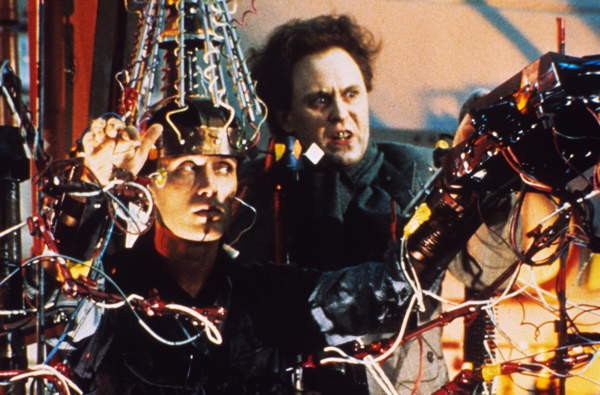
Director W. D. Richter lavishes much love upon the action-y and sci-fi conventions comprising The Adventures of Buckaroo Banzai Across the 8th Dimension. A perfectly cast Peter Weller as the eponymous hero, Dr. Banzai isn’t only a scientist, a samurai, and a test pilot-driver, he also fronts an awesome 80s rock and roll band, The Hong Kong Cavaliers.
The plot focusses on Dr. Banzai’s efforts to assess the 8th dimension overlap of his dimension spanning prototype automobile which will soon suck into its orbit a mad scientist named Emilion Lizardo (John Lithgow), potential femme fatale Penny Priddy (Ellen Barkin)––a deadringer for Banzai’s departed wife––and, amongst other show-stopping incidents and excitations, Jeff Goldblum’s cowboy lovin’ neurosurgeon sidekick New Jersey, and Christopher Lloyd’s scenery-chewin’ turn as––say it right, now––“Bigbooté!”
16. Hairspray (1988)
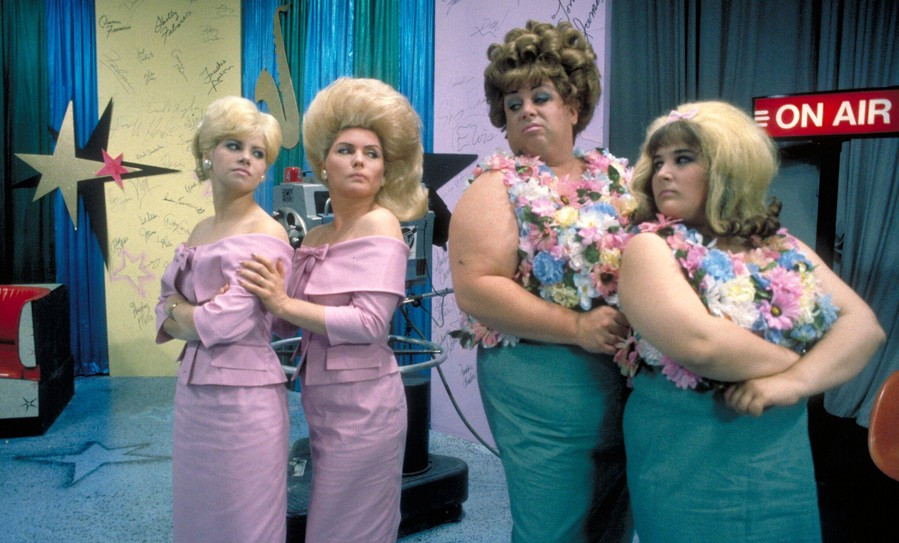
Baltimore, Maryland’s favorite sicko son, John Waters, unleashed perhaps his most well known and well received mainstream success with this romantic comedy musical Hairspray –– a modest hit at the box-office that got huge once it hit home video markets in the years that followed (and much later it would be adapted into a Tony-winning Broadway play and get a second film version in 2007).
Ricki Lake is a treat as Tracy Turnblad, a “pleasantly plump” teen in an uptight and unfortunately segregated 1962 Baltimore. After auditioning for a spot on The Corny Collins Show –– a popular TV teen dance show –– she somehow manages to beat out her spiteful rival Amber von Tussle (Colleen Fitzpatrick) while simultaneously entrancing her boyfriend, Link (Michael St. Gerard).
Soon Tracy befriends some black students at her school and pushes for more equality and integration on Corny’s (Shawn Thompson) show. This causes a lot of controversy all over town, particularly with Amber’s asshole parents played hilariously by pop music icons Sonny Bono and Deborah Harry.
Eschewing the X-ratings of his earlier and infamous works (such as 1972’s Pink Flamingos and 1974’s Female Trouble), for a surprisingly sweet PG, Hairspray is still a pretty confrontational piss take on social mores and artful subversion. It’s also full of humor and retro hijinks.
15. Akira (1988)
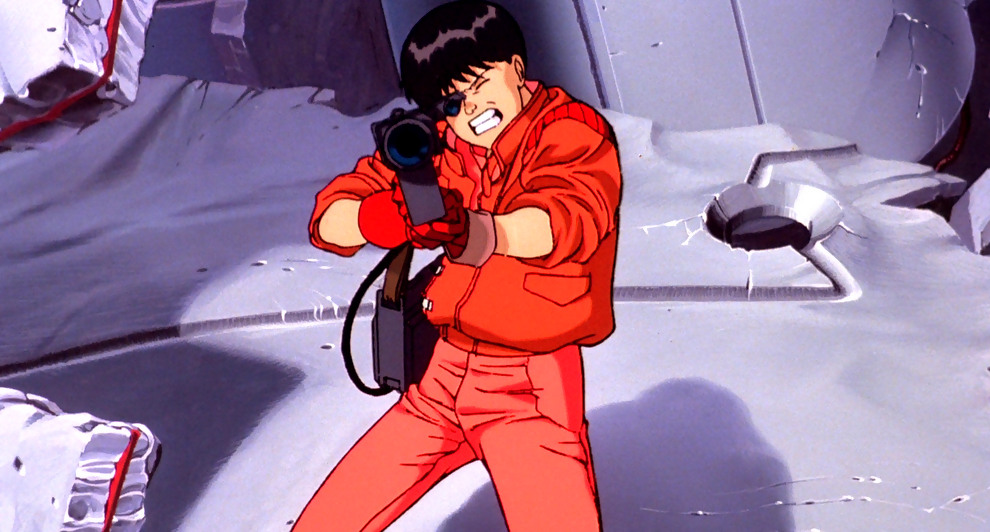
The most influential anime of all time, Katsuhiro Ôtomo’s Akira is an ambitious and often breathtaking cyberpunk-addled post-apocalyptic pageant.
Convoluted to a fault, Akira is set in Neo-Tokyo some years after a nuclear accident decimated the city, and it has been rebuilt, and yet still stands on the precipice of disaster thanks to government meddling with strange psychic superpowered kids. There’s also a wealth of youth biker gangs, oversexed kids and Juggalos mostly, out for kicks and dollops of ultra-violence plaguing the city.
Akira is best enjoyed if the frequently nonsensical narrative leaps of the bloated third act are largely ignored, and emphasis is put on the vastly detailed images and first-rate animation––some of the best hand drawn imagery ever wed to celluloid.
Blade Runner and cyberpunk fans will enjoy the many visual cues and the cityscapes and bike chases are absolutely breathtaking. Add a pulsating soundtrack from Tsutomu Ōhashi and you’ve got one of the most phenomenal films of its kind.
14. They Live (1988)
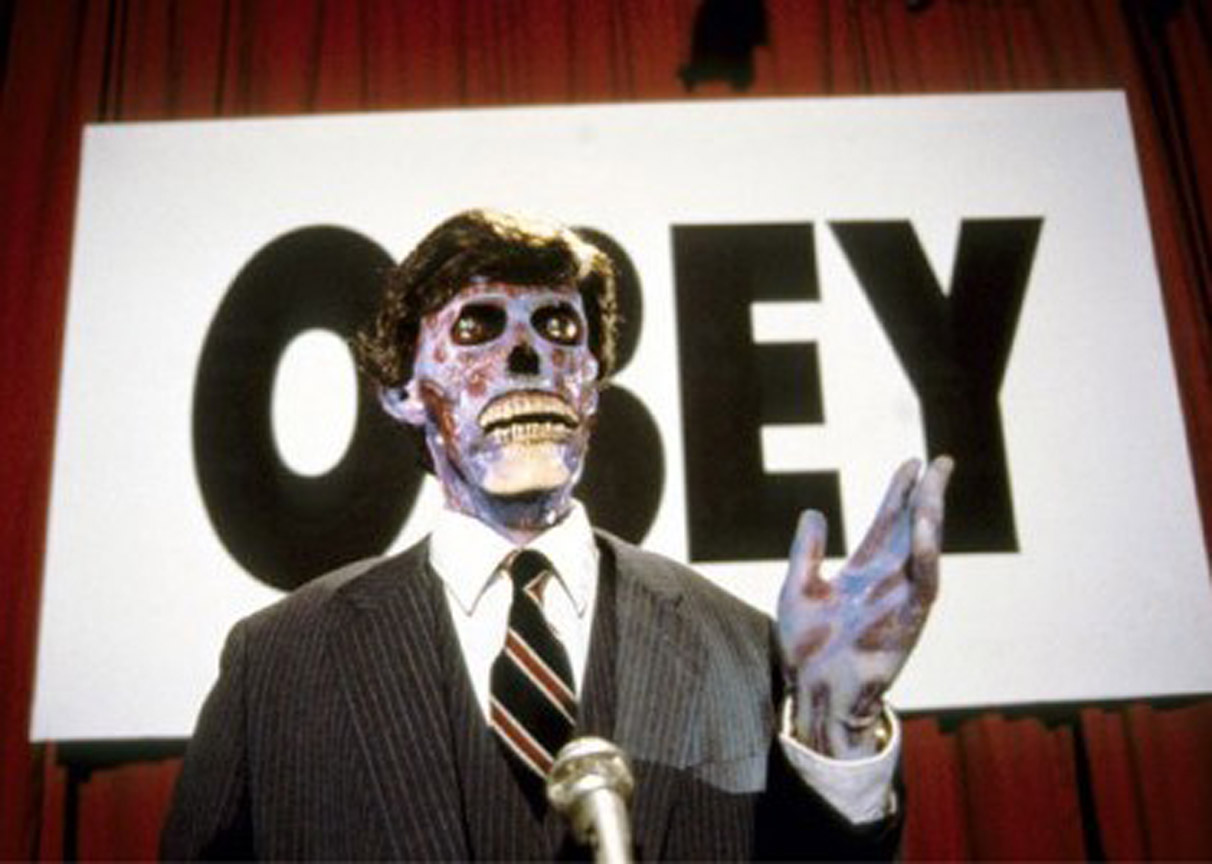
Like a frenzied crash course in semiotics and media manipulation, John Carpenter’s They Live is a politically subversive B-movie combining horror and sci-fi with hair-raising results. Adapting Ray Nelson’s short story “Eight O’Clock in the Morning”, about mass alien hypnosis duping humanity via TV commercials, radio, and print media, Carpenter also steeps the proceedings in satire and casts WWF wrestler “Rowdy” Roddy Piper as John Nada, our two-fisted hero.
Nada is sympathetic and relatable as a blue-collar drifter trying to get by when he stumbles upon a pair of sunglasses that breaks the alien signal allowing their hidden messages to be visible––dollars bills suddenly read “THIS IS YOUR GOD”––along with their hidden-in-plain-sight swarms, secretly integrated amongst us. “You know, you look like your head fell in the cheese dip back in 1957,” quips Nada to an alien, giving up his element of surprise before he even knows the stakes.
They Live requires a little forgiveness from the audience as its plot holes are many, and leaps in logic are necessary to ignore, too, but the film’s a shit ton of fun if you surrender to it, and Piper’s back-alley brawl with Keith David is a highlight, and certainly one of the longest and most mirthful fisticuffs in movie history, too.
13. Superstar: The Karen Carpenter Story (1987)
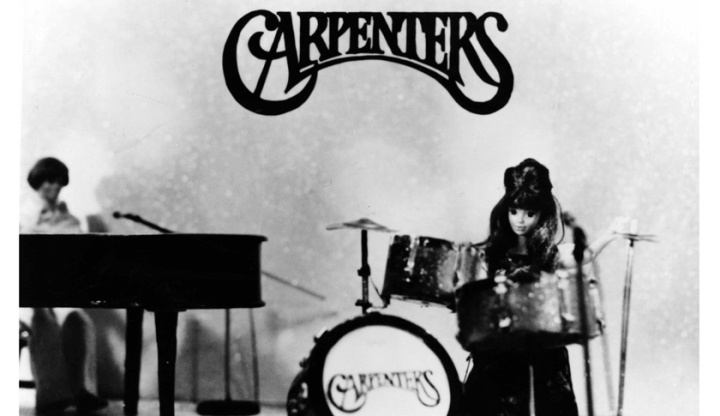
Before establishing himself as one of American cinema’s most talented auteurs, Todd Haynes first grabbed people’s attention with this controversial biographical short film, Superstar: The Karen Carpenter Story. Following the final seventeen years in the life of Karen Carpenter –– part of the famed 1970s musical duo the Carpenters –– from her musical breakthrough in 1966 to her tragic death in 1983 by cardiac arrest (a result of her sad struggle with anorexia), the controversy of Haynes’ film is two fold.
On the one hand he told this story not just without the Carpenter family’s cooperation, but in direct conflict with them (which included using many of the Carpenter’s songs without permission), and in place of actors the film is shot using Barbie dolls (against the wishes and without consent from Mattel, Inc., the owners of the fashion doll).
And yet for all the gimmickry and exploitation on display, Superstar: The Karen Carpenter Story packs considerable dramatic punch. The fact that the film, after doing a successful festival run back in the 80s, isn’t by law allowed to be screened theatrically –– owing to lawsuits from Richard Carpenter that resulted in “all copies of the film being recalled and destroyed”.
Though copies do exist, such as one owned by the Museum of Modern Art in New York (though they are not allowed to screen it publicly), not to mention bootlegs and the Internet, which all keep the cult of Superstar alive.
12. The Killer (1989)
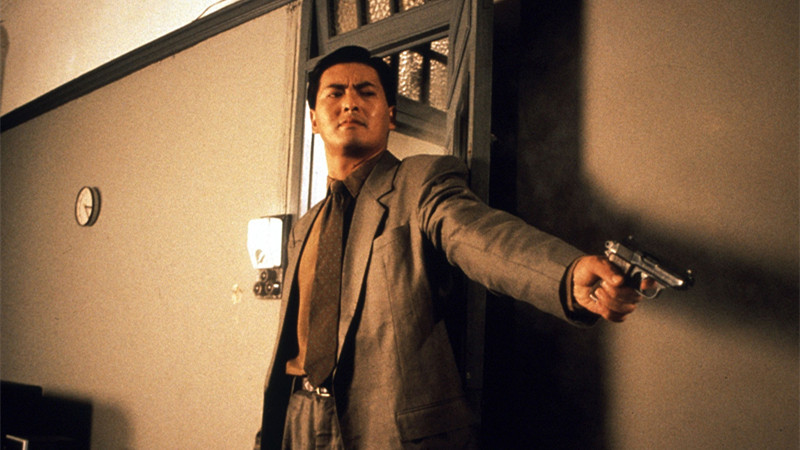
This is the film that single-handedly established Hong Kong action cinema as a distinct and dangerous brand –– even though director John Woo, and star Chow Yun-Fat had done previous work together. So much of the dizzying action in The Killer has been lifted and inserted in every action film you’ve seen since, such as Chow’s iconic gun-in-each-hand slide and Woo’s signature slo-mo fluttering doves. Does that make it any less awesome here? No. No it doesn’t.
The Killer is full-tilt action to be sure, it’s also overt melodrama as sentimental hitman Jeffrey Chow (Chow) is only in the assassination game these days so that he can afford an operation that will hopefully restore the eyesight of Jennie (Sally Yehi), a nightclub singer who was blinded in a firefight that Jeffrey instigated.
The film that follows is an orgiastic affair of fetishized violence, comic book gunplay, crazy stunts –– the action scenes were improvised on the set with the actors, stuntmen, and stunt coordinator –– soap operatics straight from Douglas Sirk, black comedy, and sparkling wit. Like all the films on this list, this one’s not for everybody but it might be right for you. Recommended.
11. Hellraiser (1987)
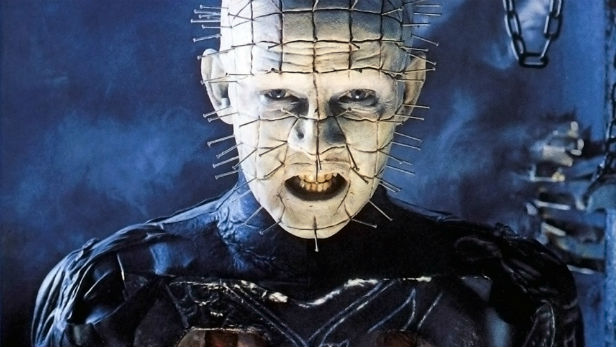
Clive Barker brought terror, psychosexual symbolism, S&M, and a new horror icon dubbed Pinhead (Doug Bradley), gnashing and snarling into the world with this transgressive, subversive, and shocking directorial debut. Based off his own novella, Hellraiser is a cruel celebration of deviant horror, primal trauma, and fucked up Freudian imagery.
Barker’s Cenobites (extradimensional beings summoned via sex magick, with a predilection for pleasure through pain) led by the aforementioned Pinhead combine with surreal imagery that jump started a series of spinoffs and sequels that are still subjugating fans far and wide and back in 1987 Stephen King famously dubbed him “the future face of horror.”
Hellraiser also succeeds as a startling satire of Marquis de Sade’s explicit proclivity and fetish as well as being a great example of 1980s horror done right. As Pinhead proudly proclaims: “We have so much to show you.”
10. The Blues Brothers (1980)
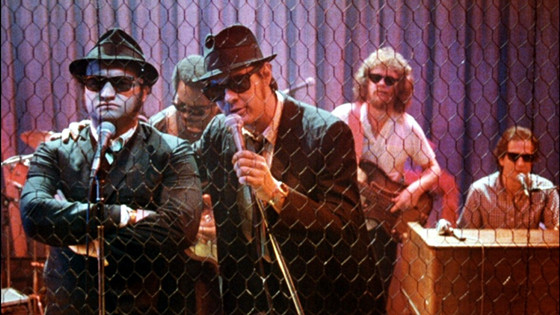
Setting out on “a mission from God” to raise $5,000 to save their childhood parrish, Jake (John Belushi) and Elwood (Dan Aykroyd) Blues strive to put their old band back together and launch a successful tour while they’re at it.
Director John Landis joyfully transitions the Blues Brothers –– a blues soul revivalist band born in 1978 as a musical sketch on Saturday Night Live from Aykroyd and Belushi –– to the big screen, allowing them to rack and ruin across the midwest with all the charm and silliness fans had come to expect from the duo.
While essentially a one-joke gimmick flick, it works in large part due to the charisma of the leads, the conquering combo of slapstick destruction they manufacture (the numerous car chases in the film are hysterically astounding), and the music they deliver––buttressed greatly by an amazing string of cameo musical legends, including James Brown, Ray Charles, and Aretha Franklin.
Other unanticipated, and perhaps unnecessary cameos also add a lot of color and distraction from the likes of John Candy, Carrie Fisher, Paul Reubens, Steven Spielberg, and Twiggy, too.
In the years since its release The Blues Brothers has acquired considerable cult status –– late night screenings across the globe have turned into an engaging audience-participation show –– and not to mention that the trademark black suits, hats, and Ray-Bans have made for easy to assemble last-minute Halloween costumes for a few decades now.
9. Repo Man (1984)
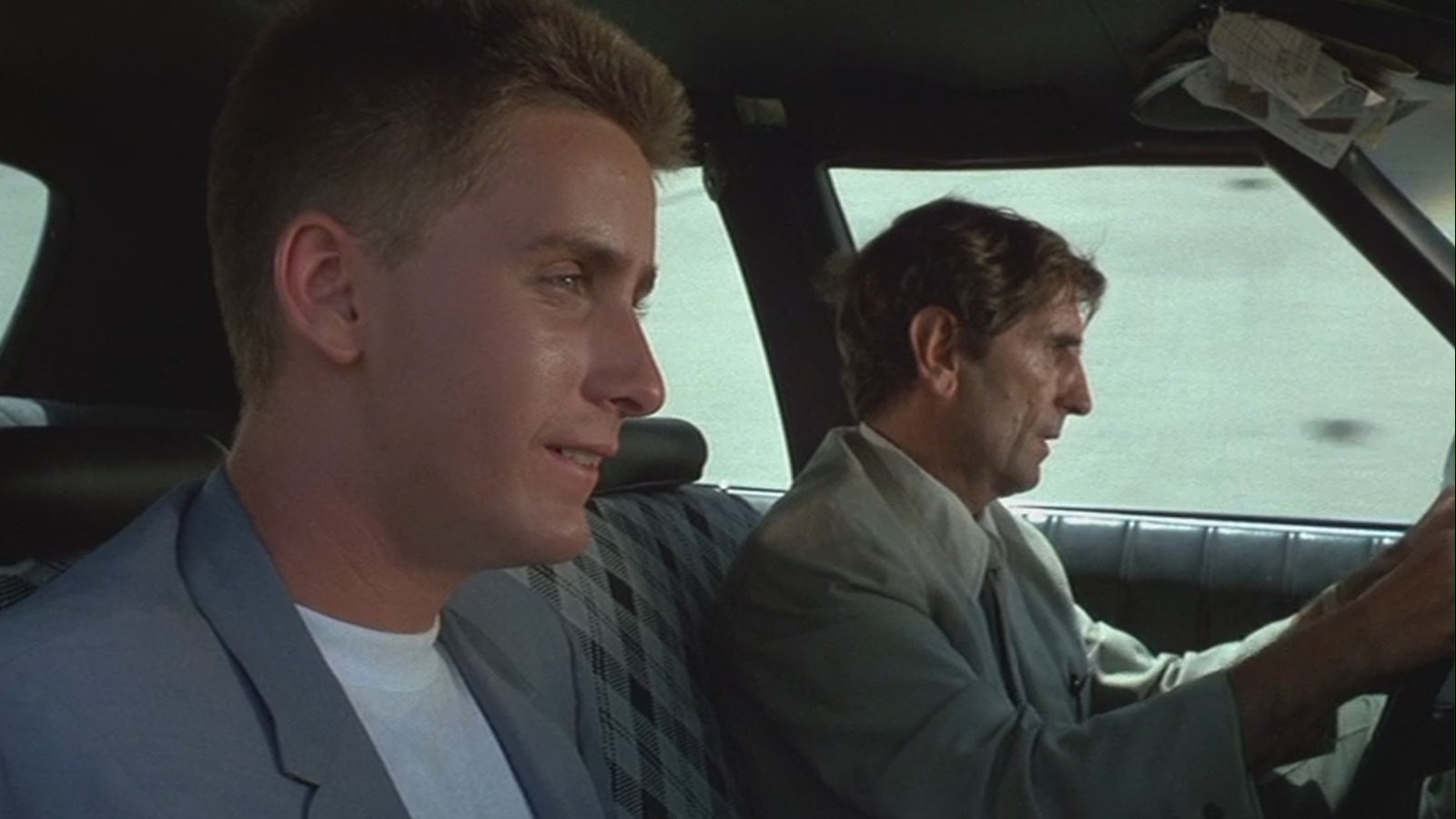
Alien corpses, secret governmental conspiracy, psychopathic suburban punks, one-legged dames, a glowing Chevy Nova that flies and some reluctantly heroic debt collectors populate Alex Cox’s daring debut feature, Repo Man.
Absurdity, outsider art, and midnight movie mirth collide in this absurdist sci-fi farce that stars the ever awesome Harry Dean Stanton as Bud, who’s paired with the against-type casting of Emilio Estevez as Otto Maddox on an oddball adventure that sends up alien invasions, the LA experience, rampant consumerism, punk rock ethos, and all with an unerring energy and sense of sarcastic play.
Another pleasure of the film, of which there are so many, is cinematographer Robby Müller’s fresh perspective and cloudless camerawork. A postmodern pageant, Repo Man is a cult classic you should certainly go searching for if you haven’t already.